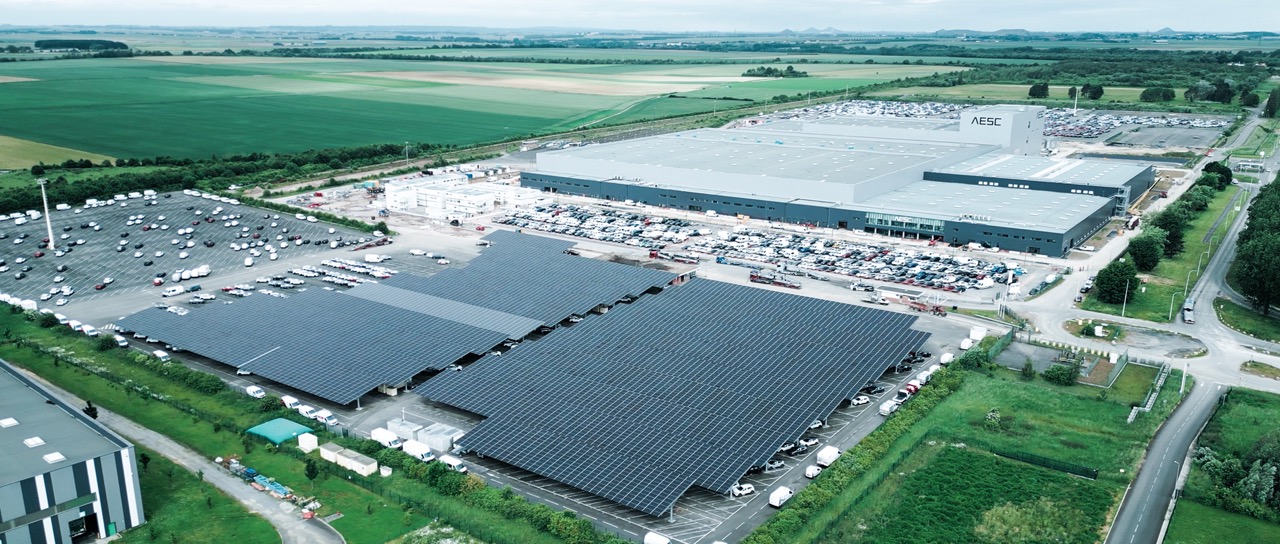If you’ve ever wondered which LG Energy Solution battery cells power your Renault Megane E-Tech, then this article is for you.
In the PushEVs Telegram channel, I was asked for details on the Renault Megane E-Tech’s battery, so I did some investigative work - as I used to do in the early days of this blog - and discovered that this electric car uses the LG E60 battery cell in a “Low Height Module”, which is available in two versions.
“Low Height Module” - version 1 (used by EV40):
- Configuration: 2p12s (12 groups of cells are connected in series, each group contains 2 cells connected in parallel)
- Capacity: 118,6 Ah
- Nominal voltage: 44,04 Vdc
- Energy (minimum): 5,22 kWh
- Volumetric energy density (minimum): 460 Wh/L
- Gravimetric energy density (minimum): 226 Wh/kg
- Weight: 23 kg
“Low Height Module” - version 2 (used by EV60):
- Configuration: 3p8s (8 groups of cells are connected in series, each group contains 3 cells connected in parallel)
- Capacity: 177,9 Ah
- Nominal voltage: 29,36 Vdc
- Energy (minimum): 5,22 kWh
- Volumetric energy density (minimum): 460 Wh/L
- Gravimetric energy density (minimum): 226 Wh/kg
- Weight: 23 kg
Renault Megane E-Tech EV40 battery pack:
- Configuration: 2p96s
- Modules: 8 modules (version 1)
- Cells: 192 cells
- Total energy (minimum): 41,76 kWh
- Usable energy: 40 kWh
- Gravimetric energy density: 143 Wh/kg
- Weight: 292 kg
Renault Megane E-Tech EV60 battery pack:
- Configuration: 3p96s
- Modules: 12 modules (version 2)
- Cells: 288 cells
- Total energy (minimum): 62,64 kWh
- Usable energy: 60 kWh
- Gravimetric energy density: 159 Wh/kg
- Weight: 394 kg
Not sure about the chemistry, but my guess is NCMA, since LG already confirmed that it started mass producing this chemistry in 2021.
We initiated the mass-production of NCMA in the second half of 2021, and they will be powering most models of GM’s next-generation EVs. Going forward, we’re exploring single crystal NCMA cathode and silicon anode chemistry (in both pouch-type and cylindrical batteries), as well as cost-competitive chemistries such as high-voltage, mid-nickel NCM, LFP, manganese-rich chemistries in pouch-type batteries.
NCMA has only slightly better energy density than the chemistry it will replace (NCM 712), but it’s considered to be safer.
So there you have it, now you know what powers the Renault Megane E-Tech.
More info:
https://www.lgensol.com/assets/file/LGES_spec_sheet_modules_2022.pdf
https://www.newsweek.com/korean-battery-maker-lg-wants-power-everything-you-own-1768886









































